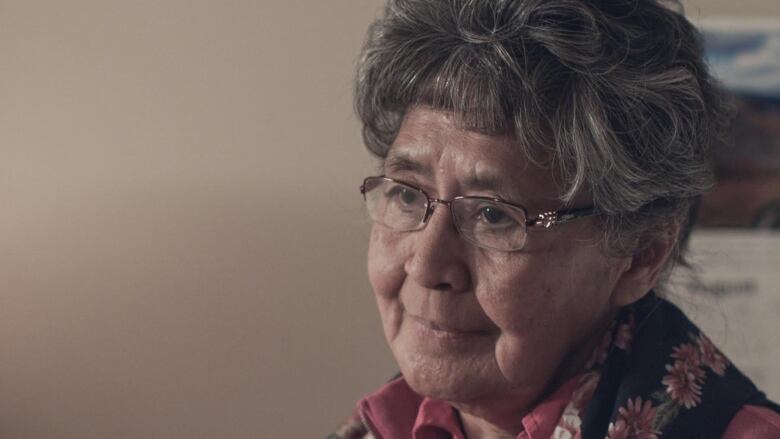Use of Aboriginal languages drops in N.W.T., bucking national trend
Gwich'in saw 43% decline since 2011; Inuit languages dropped 52% in N.W.T.

The use of Aboriginal languages is on the decline in the Northwest Territories, going against the national trend.
A comparison of the 2011 and 2016 censuses shows that in the N.W.T. there was a 15 per cent decline in the number of people who primarily speak an Aboriginal language at home, as well as the number of people who consider one of these languages their mother tongue.
These numbers appear to buck the national trend. Census data released this week shows that in the last 10 years across Canada there has been a3.1 per cent increase in the number of Aboriginal people who speak an Aboriginal language. But in the Northwest Territories, the number of peoplewho can hold a conversation in an Aboriginallanguage has decreased by 4.5 per cent in the past five years.
Compared to 2011, the number of people who speak Gwich'inas a primary languageat home dropped 43per cent, from 35 speakers to 20. The other languages in the N.W.T. that saw the greatest decline in primary languageusage at home were Tlicho at 15 per cent,North and South Slavey at 10 per cent, and the Inuit languages of Inuinnaqtun, Inuvialuktun and Inuktitut, which saw a 52 per cent decline in use as a primary language at home.
Decrease despite push to revitalize
The decrease in the number of people speaking Aboriginal languages in the N.W.T. comes despite a resurgence to revitalize the languages.
Those efforts include the Aboriginal Language Revitalization certificate a four-year university program based in the N.W.T. that teaches students South Slavey; a social media campaign to get people speaking Gwich'in; and the North West Company is rolling out an initiative to translate grocery items into seven Indigenous languages in its N.W.T. stores.
But according to Andy Norwegian, a retired language specialist, it's important for these languages to be passed down from generation to generation.
"We all know that for a language to be a thriving language, there has to be an intergenerational transmission of language, starting with the very young, and right to the old," he said.

Norwegian said one of the biggest issues creating the decline is the lack of elders to teach these languages.
"I think we've lost a lot of those elders and fluent speakers and they aren't being replaced with fluent speakers at the bottom level," he said.
He also said many people are still apprehensive to speak Aboriginal languages because they were punished for it in residential schools.
"You meet anybody in a restaurant, you know, they would start off by talking in English at a normal voice level. But you get them into talking the [Aboriginal] language, you know that they will lower their voice. I attribute that to the effects of residential schools," he said.
"We need to combine our efforts," said Sarah Jerome, a retired educator and former N.W.T. languages commissioner.
"We need to get together, we need to be radical and we need to start speaking our languages to those young children."
As for what the future holds, Jerome hopes parent organizations, such as the Gwich'in Tribal Council and Inuvialuit Regional Corporation, will recognize the importance of language and put together on-the-land immersion camps.












_(720p).jpg)


 OFFICIAL HD MUSIC VIDEO.jpg)
.jpg)



























































































